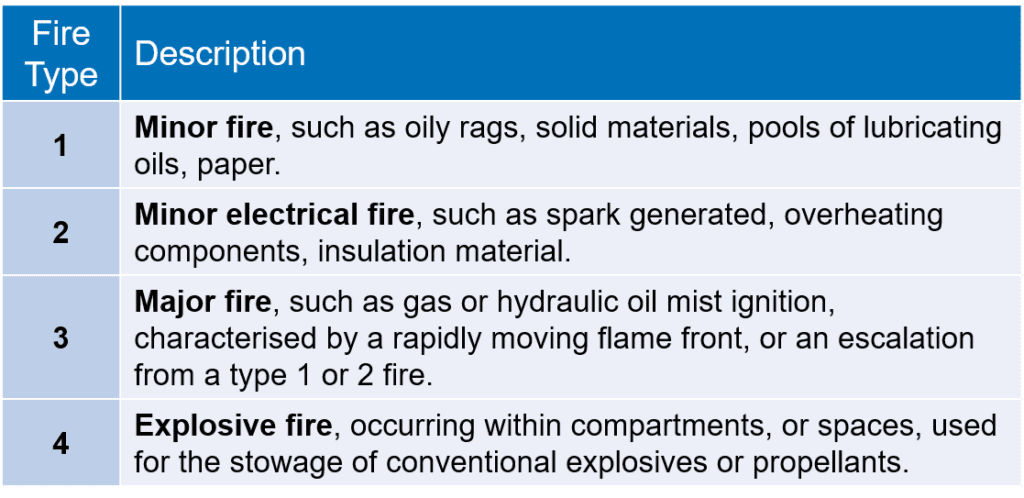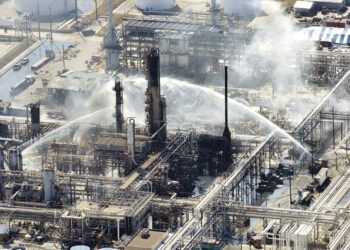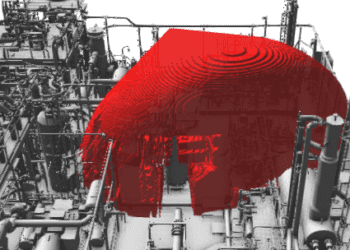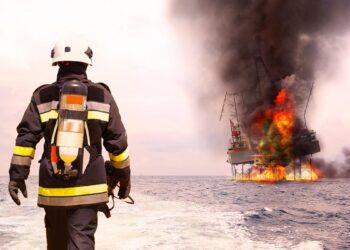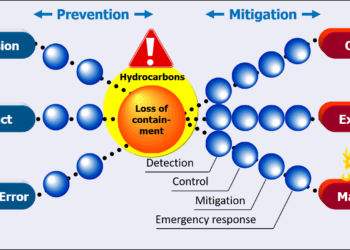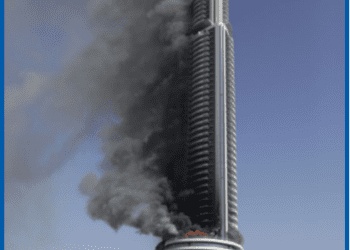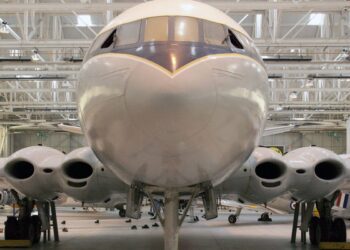Flameproofing
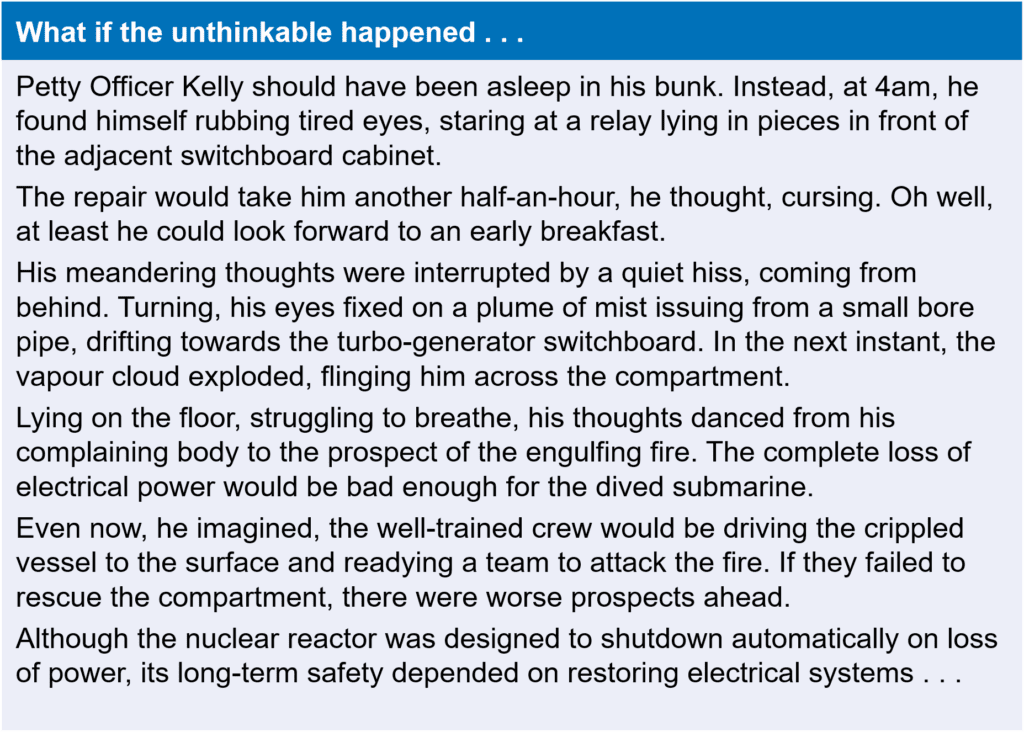
One approach to managing this potent hazard in multi-compartment spaces is to model the fire progression using computer codes based upon three dimensional computational fluid dynamics (CFD).
Unfortunately, this can be time consuming and expensive, and is only as good as the model definition. Moreover, the requirement to tie the fire modelling results into the safety justification for the reactor plant may be overshadowed by the effort associated with CFD. A more pragmatic and cost effective approach is outlined in Figure 1.

EXPERT WALKDOWN OF COMPARTMENTS
The starting point for assessment is a physical or tabletop walkdown of compartments by suitably qualified and experienced operators, designers and fire experts. The initial purpose of this walkdown is:
- The creation of an equipment inventory
- The demarcation of each room or compartment into smaller zones (where necessary) to facilitate analysis of fire growth.
IDENTIFICATION OF FIRE LOADING AND IGNITION SOURCES
At the same time, the walkdown identifies equipment with the potential to act as an ignition source or as fuel, adding necessary detail in slower time by reference to authoritative fire data.
Table 1
CLASSIFICATION OF FIRE TYPE AND FREQUENCY
The walkdown categorises potential fires according to both their likely size and type based on the sources of fuel and ignition present. An example of such a scheme is given in Table 1.
The likelihood of each fire is determined on a qualitative basis from which a quantitative value can be inferred (see, for example, Table 2).
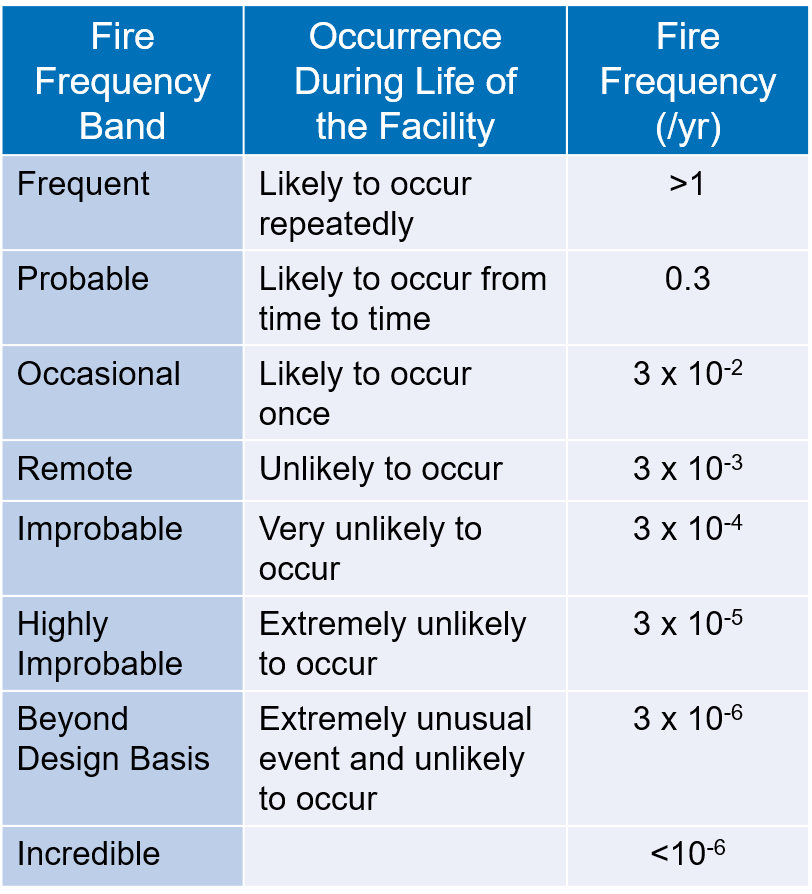
Table 2
Crucially, the results of this exercise are reviewed against relevant historical data to confirm their consistency with evidence available from operational experience.
GENERATION OF FIRE GROWTH SEQUENCES
A fire growth model can now be developed that takes account of the detection and fire fighting capability within each local zone and/or compartment, including:
- First aid firefighting
- Fixed firefighting systems
- Compartment re-entry.
The resulting fire growth model is again reviewed against historical data to ensure that it remains realistic.
IDENTIFICATION OF DESIGN BASIS INITIATING EVENTS
From the validated fire growth model it is possible to identify those fire events that would lead to:
- A significant fire (eg type 1 or 2) where first aid fire fighting and fixed fire suppression systems fail, but the fire is ultimately brought under control by the re-entry team, hence restricting fire damage to a single local zone.
- A major fire where none of the fire suppression methods succeed and the compartment is lost.
In both instances, it is assumed the integrity of any equipment contained within the affected local zone (for significant fire) or compartment (for major fire) is challenged. By making reasonable assumptions about equipment loss any given fire can be linked to one or more initiating events in the Reactor Plant Safety Justification (RPSJ).
ASSESSMENT OF SUFFICIENCY AND ADEQUACY OF REACTOR PROTECTION
Having identified the relevant initiating events, the RPSJ’s fault schedule may be used to determine which protective safeguards may potentially be claimed, discarding those substantially affected by fire.
IDENTIFICATION OF DESIGN WEAKNESSES AND ALARP MEASURES
Assessing the outcome against predefined design basis assessment criteria (such as the preferred number of safeguards, their degree of single failure tolerance) leads naturally to:
- Singling out potential design weaknesses with respect to fire
- Identifying where targeted use of detailed fire modelling such as CFD could be beneficial
- Deriving potential improvements for subsequent ALARP assessment, such as the removal or reduction of fire loading and ignition sources, introduction of automated fire suppression systems, the increasing of separation or segregation of vital safety systems.
- Determining fire-related safety functional requirements (e.g. fire withstand) and operating constraints.
IN CONCLUSION
Although the development of this technique has been pioneered on nuclear submarines, in principle it offers an economic, modern standards approach to the fire assessment of any multi-compartment facility.
This article first appeared in RISKworld Issue 2.

